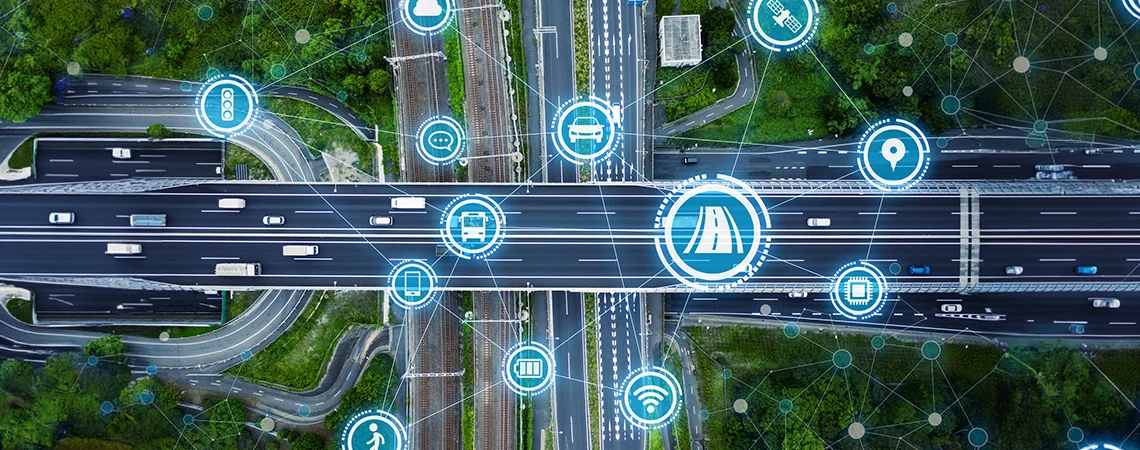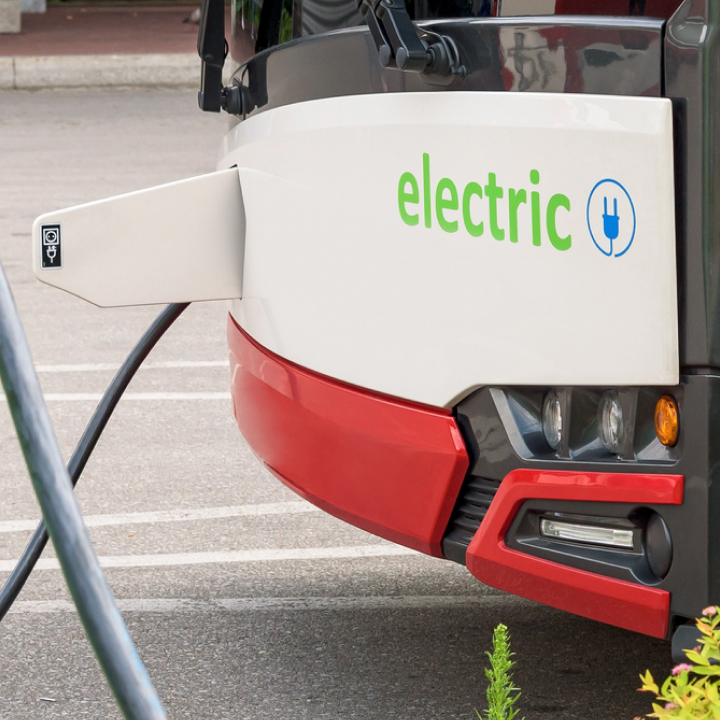Highways of the future: how innovation will change the way we travel
Highways have undergone significant changes in recent decades, but what the future holds is even more revolutionary. New technologies are about to transform the way we travel, making highways not only safer and smarter, but also more sustainable. In this article, we will explore the innovations that will shape the highways of the future and how they will improve our travel experience.
The technologies that will transform our highways and make them smart and safe
One of the most exciting developments is the introduction of “smart roads.” But what makes a road “smart”? First, the integration of advanced sensors and communication technologies will enable roads to “talk” to vehicles. These sensors will monitor traffic conditions, the presence of obstacles and weather conditions in real time, sending immediate updates to drivers and traffic control centers.
In addition, smart roads will support autonomous vehicles. With dedicated infrastructure, such as dedicated lanes and smart traffic signals, self-driving vehicles will be able to operate more efficiently and safely. Imagine being able to travel without having to put your hands on the steering wheel, while your vehicle constantly communicates with the road and other vehicles to prevent accidents and optimize routes.
Another key technology will be predictive maintenance. Through the use of sensors and artificial intelligence, highways of the future will be able to predict when and where failures or damage to the highway network will occur, enabling timely and targeted interventions. This will not only reduce maintenance costs, but also improve road safety by preventing potential accidents caused by damaged infrastructure.
The highways of the future will also be more sustainable
In addition to being smart, highways of the future will also be designed to be sustainable. One example is the use of innovative materials for road construction, such as recycled asphalt (already available today). These materials will not only reduce the environmental impact of new construction, but also improve the durability of roads, reducing the need for frequent repairs.
In addition, the integration of renewable energy generation technologies directly into road infrastructure is becoming a reality. Solar panels embedded in road surfaces and wind turbines installed along highways will be able to generate clean energy, helping to reduce dependence on fossil fuels and powering electric vehicle charging stations.
Speaking of electric vehicles, there will be even more fast-charging stations, although the Free To X charging network already allows you to travel Italy from north to south without charging anxiety
The benefits of the smart roads of the future
The benefits of these innovations will be many. First of all, road safety will be greatly improved. The smart roads, with their advanced sensors and communication systems, will reduce the risk of accidents by warning drivers of impending dangers early and coordinating the movements of autonomous vehicles.
In addition, traffic efficiency will be optimized. With real-time traffic management systems, it will be possible to reduce traffic jams and improve travel times, making travel faster and less stressful.
Finally, the environmental impact will be drastically reduced. Sustainable technologies integrated into the highways of the future will help decrease CO2 emissions and promote the use of renewable energy. Electric and autonomous vehicles, supported by appropriate infrastructure, will become the norm, further reducing air and noise pollution.
The future of mobility has never been more promising, and we look forward to seeing how these innovations will transform our travel experience. Let’s prepare for a future where travel will not only be easier and safer, but also more sustainable and in harmony with our planet.




